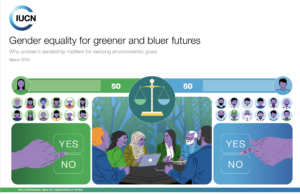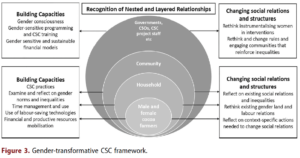Despite recent progress, women are still disadvantaged by their greater domestic labor commitments and impaired access to well-paid jobs; and, in extreme cases, denied the right to live. This has consequences for the wellbeing of individuals and economic development. Although tools to evaluate country performance in gender equality, especially composite indicators, have been developed since the 1990s, a historical perspective is lacking. This study introduces a composite index of gender equality covering 129 countries from 1950 to 2003. This index measures gender equality in four dimensions (socioeconomic, health, household, and politics). The index shows substantial progress in gender equality, though there is little evidence that less genderequal countries are catching up. Goldin’s “quiet revolution” hypothesis is tested as an explanation for this observation, but fails to provide a good explanation. Rather, the long-term institutional and historical characteristics of countries are the main obstacles to convergence.
Authors: Selin Dilli, Sarah G. Carmichael & Auke Rijpma
To cite this article: Selin Dilli, Sarah G. Carmichael & Auke Rijpma (2019) Introducing the Historical Gender Equality Index, Feminist Economics, 25:1, 31-57, DOI: 10.1080/13545701.2018.1442582
To link to this article: https://doi.org/10.1080/13545701.2018.1442582
Source: Feminist Economics



